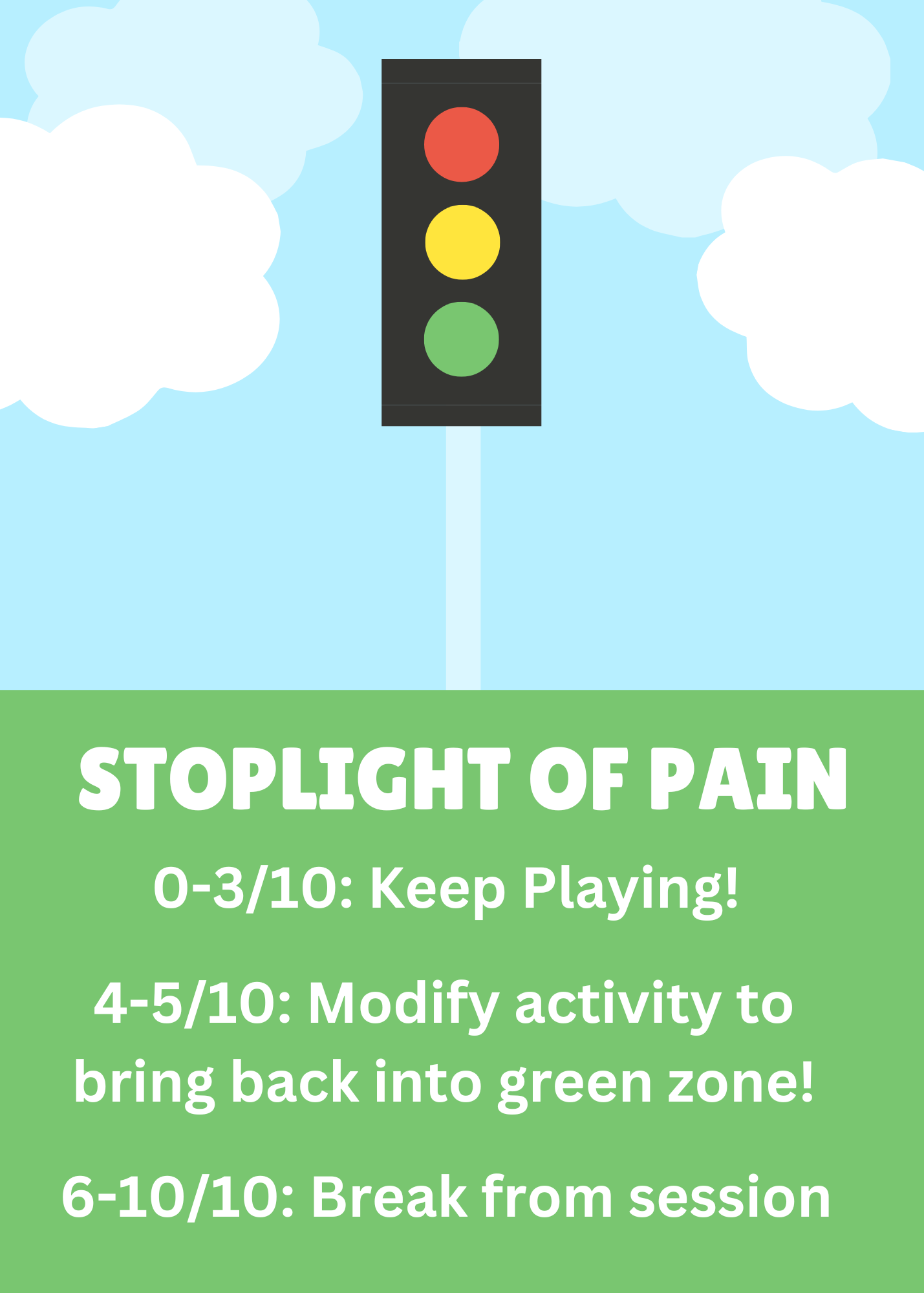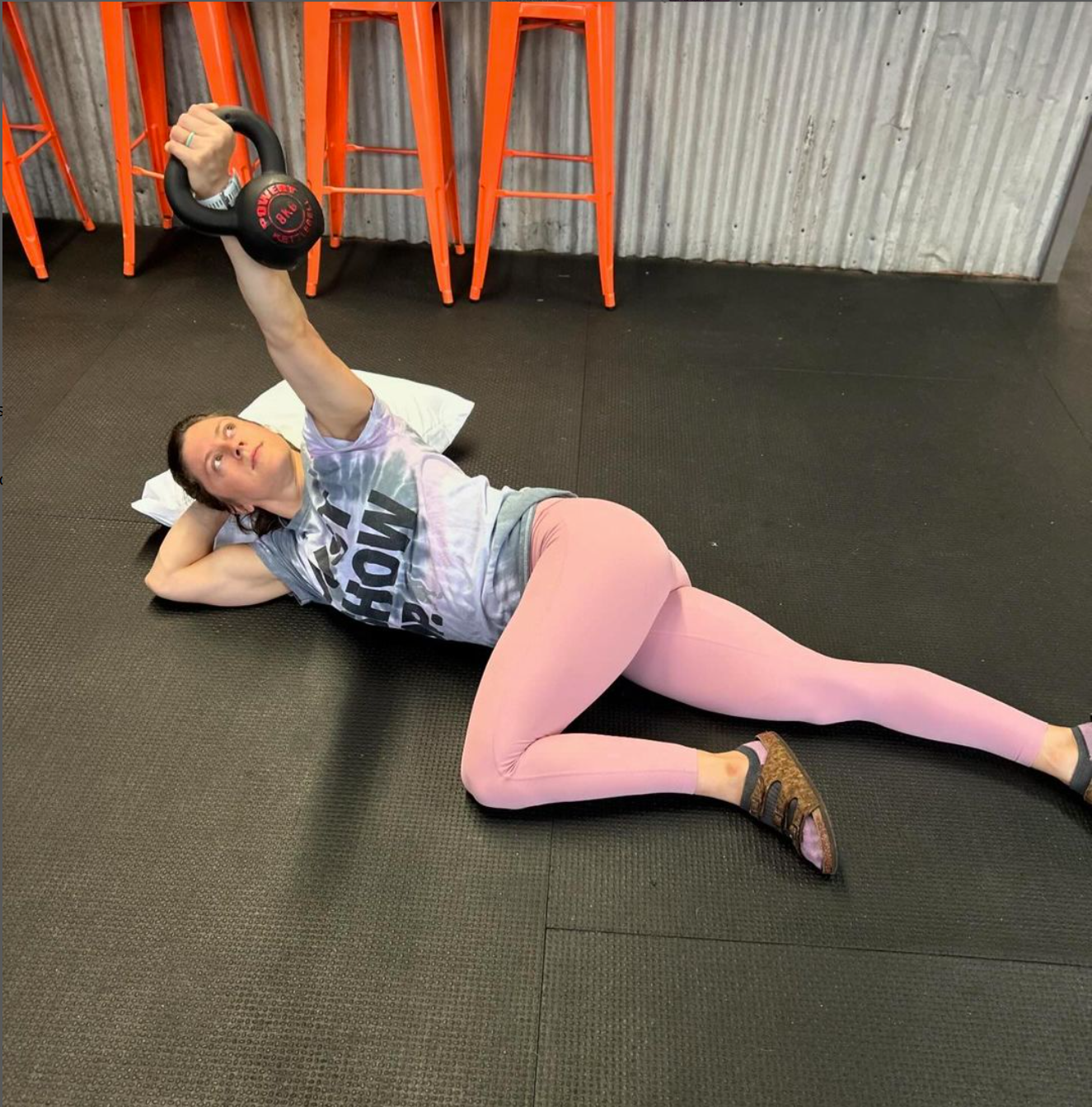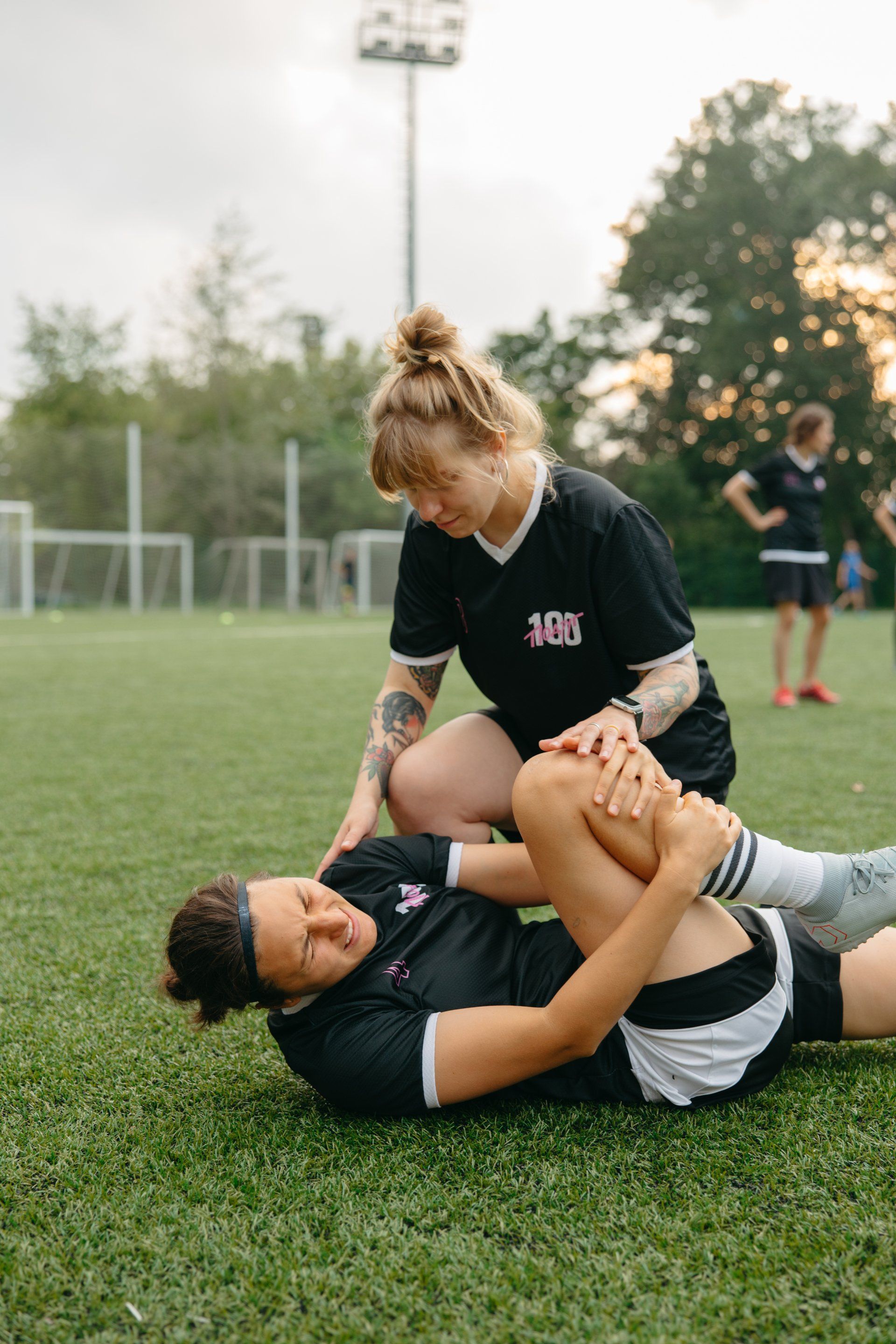Cleared vs Uncleared: Pain and Return to Play
“Cleared” vs “Uncleared”. That is the answer every patient looking to return to their sport or activity is looking for. The return process doesn’t just happen overnight, as all the boxes would suddenly become checked where their risk of (re)injury is minimal to none.
As we all should know, there is no such thing as “Injury Prevention”. No one can state if you do “X” program you will not injure “Y” tissue/joint. Athletes and adults train, practice and compete every day, and sometimes, injuries happen. It is our job as physical therapists and coaches to decrease the likelihood of these injuries occurring, but it is impossible to state bulletproof prevention strategies.
The return to play process is a team effort between patient, therapist, and coach. Communication between the three during this process is crucial in understanding how the patient is feeling during each phase of the return. Within our clinic, factors involving the justification for safe return include, tissue healing times, patient confidence, physical fitness testing, and pain level with activity/sport.
In this segment, we’re going to discuss pain and returning to sport/participation in activity. Our main priority for these patients is to get them back as fast and safely as possible to continue training within their season or get them back to preparing for competition without modification.
The best thing we can do for our patients is have a clear understanding of where they are now, and where they want to be. Once we understand what they need to be able to do to have a successful return, we can provide interventions which are specific to them regarding their ability to perform and with minimal to no symptoms while performing.
While in the clinic, we want to see patients perform skills, drills, and movements to progress toward their overall goal. Once the patient can demonstrate competence within a movement or skill, we then allow them to continue to practice that skill on their own or with their team.
With most of our patients, we do allow SOME pain/discomfort. If we were to say, “No pain ever”, the recovery process may take us double or triple the time (or even longer). Just as we give specific sets and repetitions for each exercise, we also educate our patients on what is acceptable and what is unacceptable pain. What is acceptable pain will be dictated by the patient’s subjective pain intensity as well as location of pain for each intervention.
We typically refer to the “Stoplight of Pain” when educating patients throughout their plan of care. The “Stoplight” refers to pain intensity levels during an activity, to give the patient more control during their recovery.
Here is an overview of how we guide pain intensity with exercise:

Recommendations and guidelines we provide when allowing patients use this guide:
- 0-3/10 is fine to continue to exercise and participate. However, if pain/discomfort is increasing then to modify the exercise or activity.
- If pain is 4-5/10, modifications of interventions are given ahead of time to ensure patient is able to continue to participate or patient is asked to rest until pain subsides below 4/10.
- If pain does reach 6/10, take a rest for the remainder of the day and only exercise which elicits no discomfort is allowed.










